
Iki was an ideal that dated to the Edo period of Japan. It’s a bit hard to define with any precision. Generally, it was defined as refinement and sophistication. Although it could also be considered as urban and plucky stylishness (Graham, 2014). In this famous work, “‘Iki no Kozo,” Kuki Shuzo attempted to define iki and contrasted it against various other sensibilities. Some scholars suggested Kuki’s efforts spoke more about the concerns of his time period, the 1920s, than the Edo period (Clark, 1998).
Kuki focused on three attributes for iki: flirtiness, plucky bravado, and resignation. For him, iki involved a woman stylishly submitting to a man. The action would be flirty and resigning while still making known her true thoughts of the matter–plucky bravado.

Iki didn’t involve wine-tasting, discussing art, going to operas, or other actions that we think of as “sophisticated” behavior. During the Edo period, iki was the style of the middle and lower classes. For example, netsuke were subtle signs of your stylishness. These small accessories held up a bag that acted as a pocket for your possessions while out and about. They came in all different shapes, including carved animals and other designs. They would suggest your personality to others.
Iki appeared in ukiyo-e prints too. Woodblock prints were the tabloids of the Edo period and remained affordable for most people. They would often suggest famous people using certain clothing patterns and other subtle means. Sophistication involved recognizing the people the woodblock suggested and the story the print told. And this required people to keep up with the latest news. Think of woodblocks as a combination of celebrity magazines, advertisement flyers, and travel guides.
At the core of iki sat the idea of subtlety. Refinement involved respecting a person enough not to be blunt or overt in speaking with them. It respected their ability to read between the lines. Crude language like cursing and bluntness wasn’t sophisticated or respectful. In fact, you could consider tasteful fashion as a form of respect for others. Certainly, it revealed your personality and interests. But it could also respect the sensibilities of others. For example, in the Edo period people commonly wore colors of clothes that intended to help others feel cooler or warmer depending on the season. This was iki. So wearing clothing that expressed your ideals without regard to the sensibility of others wasn’t refined. Now, that didn’t mean you couldn’t wear what you wanted, but you also couldn’t discredit how it may have troubled others. Iki played on this tension.
With clothing ,we could be crude and self-serving or entirely give in to the whims of others. Neither of these were iki. Sophistication sat between. Keep in mind that commoners developed iki. Too much fashion advertised their wealth to the samurai and to other merchants who may have tried to take advantage. But too little fashion could’ve hurt your ability to do business; people may not take your seriously. So in a modern context, wearing shorts to a business meeting isn’t iki, but neither is over dressing in an Armani suit ( unless everyone else dresses that way too).
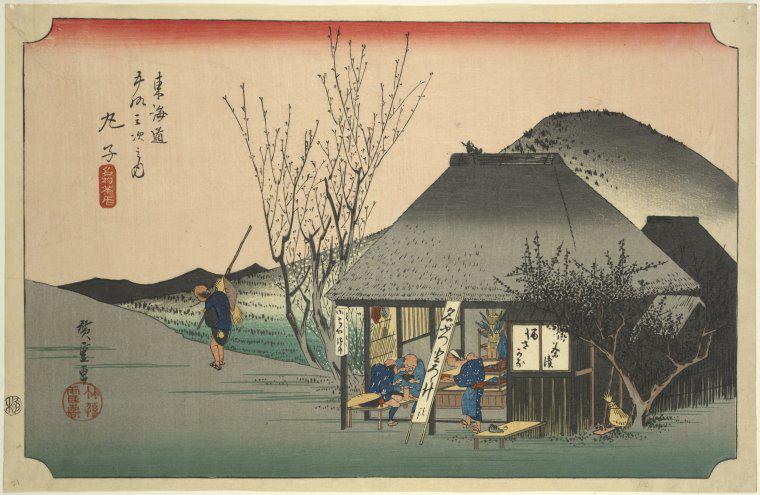
Iki can benefit us in the modern world in many ways. The idea bakes in the idea of minimalism. Of course, minimalism with iki doesn’t mean deprivation. Iki, like true minimalism, focuses on appreciation and possession of only what matters. If you look at a woodblock print, the artist only shows what is necessary to tell the story and nothing more. Refined speech gets the point across and no more. Iki seeks the minimum necessary to show your personality in fashion. Now that can mean you end up wearing a loud outfit, but it also means you don’t only wear those outfits. After all, everyone has many different facets to their personalities.
So the ideas of iki would allow you to express yourself while respecting the sensibilities of others. Likewise, it can help you save money. In the Edo period, merchants would spend lavishly, but they would only wear expensive, yet understated outfits. Less well off commoners would splurge on a few important accessories so they could be chic too. Modern iki would mean you spend less in the end, but more on a few items that express your sense of taste. This idea extends well to your home. You don’t need a lot of stuff to be comfortable. Rather, you can concentrate the money on items that you need for your life.
Sophistication and refinement requires respect for others balanced against how you want to express yourself. Iki doesn’t mean you have to suddenly start going to bonsai workshops. Your sense of refinement will differ from mine, but both will be rooted in the core ideas of iki. Deliberateness shows sophistication. After all, our time is limited, so spend it deliberately and working toward your ideal sense of self. Iki is a decision to develop yourself and how you treat others.
The original ideas of iki no longer applies to us. After all, we don’t live in the same environment. We have more freedom in determining our ideas of refinement than during the Edo period. Back then geisha and kabuki actors and leading merchants set the standards. However, the principles surrounding the idea of iki can still be applied.
References
Clark, J. (1998). Sovereign domains: The Structure of “Iki.” Japan Forum, 10(2), 197.
Graham, Patricia. (2014) Japanese Design. Tuttle Publishing.
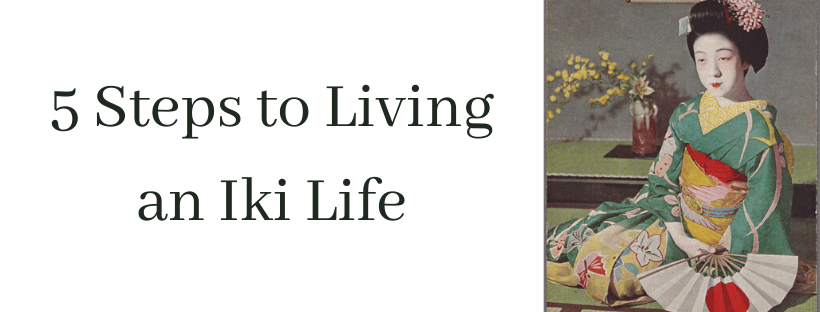
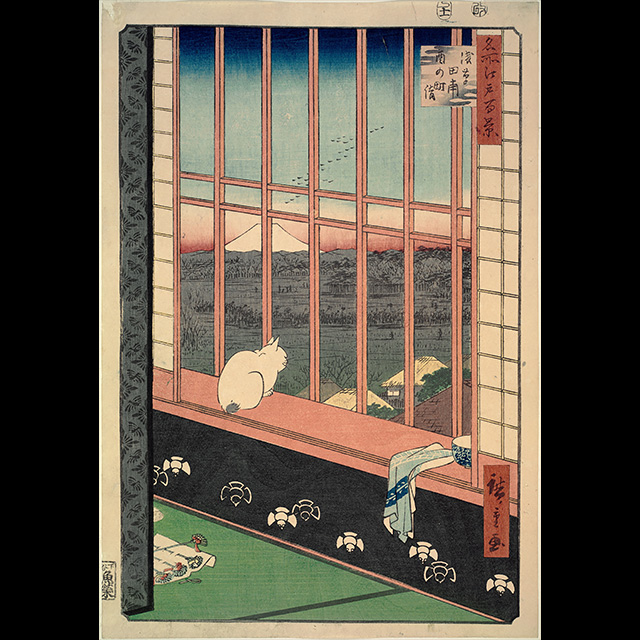
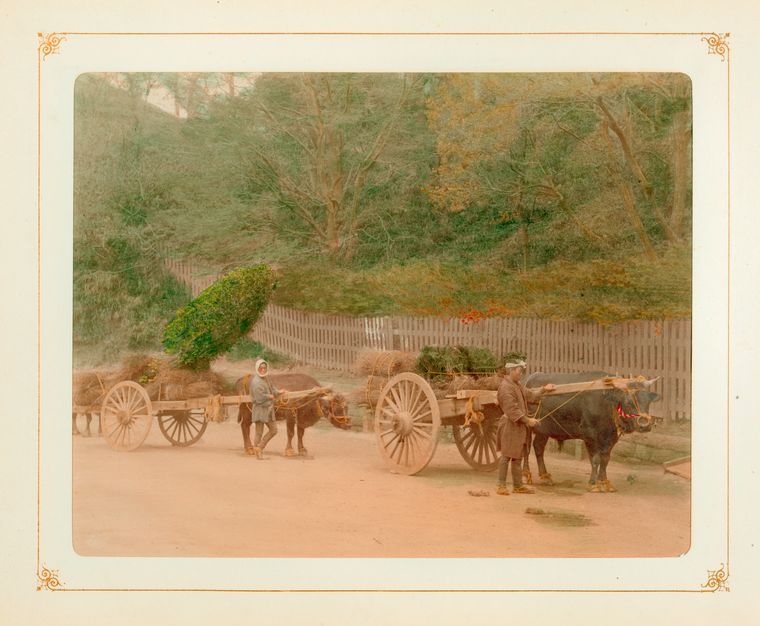
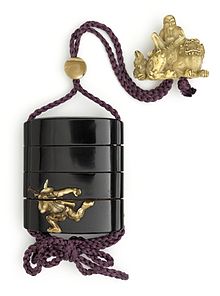

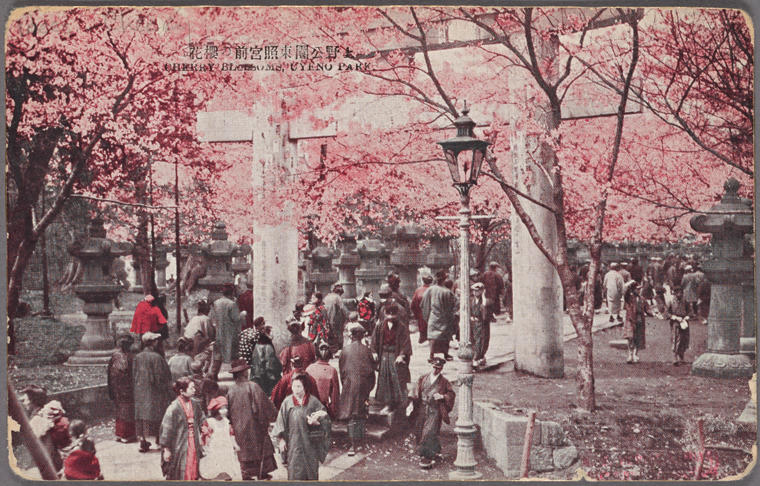
From what I have read this idea of iki seems like it was trying to have it both ways. For the person to express his or her individual self, while also still following the crowd. I can see it being possible to imply the principles of iki in our time like you said.
As I was reading this I thought up this one example in which a person goes to a church that does not have a strict dress code, but the person is dress in a very sexual way because that is the person’s clothing style, but everyone else is dress in either a casual or classic clothing style so the person sticks out in a not so good way despite being in an environment that is not forcing everyone to dress formerly. The person is leaning too far in expressing their individuality and not being considerate of everyone else, and so is not fooling the concept of iki. However there is a way for an individual to dress to in a sexual way while still dressing appropriate enough to fit in the social environment they are in. That is one of the neat things about fashion, which is a person can alter their looks to fit any situation while still maintaining their core style that represents who they are.
As for minimalism that is a concept I do want to get better at. My room currently has too much stuff and it’s small, so I have been cleaning it on and off by getting rid of things first or moving my items somewhere else. When I do get my own house I would like to keep it from getting so clutter. However at least I can practice minimalism in Animal Crossing New Horizons in the meantime.
I found that interesting about iki too. It was mainly a product of the farming and merchant class. Sophistication involved “reading the air.”
That’s a good example! And yes, fashion can match a situation while still showing a bit of your taste. That is iki!
I’m not great at minimalism, but I aim toward it. Most of what I have, I use. Sometimes that isn’t often, however.